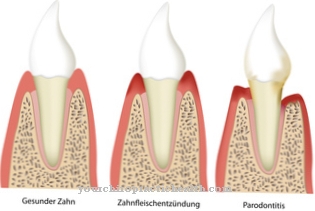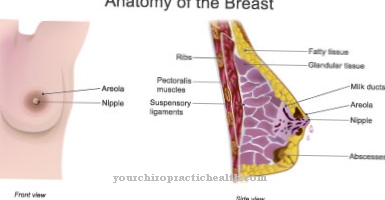There are a number of diseases of the joints that make it necessary to examine them carefully from the inside. The modern Arthroscopy or Jointoscopy enables exactly this without the need for major operations, as was necessary before its invention.
What is arthroscopy?

In the Arthroscopy it is a so-called minimally invasive operation. What is meant by this is a medical procedure in which the living body is penetrated, but not to the extent that it is the case with an ordinary operation.
Rather, a special instrument is inserted into the body through an incision opening only a few millimeters. The aim of arthroscopy is, as its name, which comes from the Greek language, suggests, to examine the exact condition of a joint from the inside.
"Arthros" means "joint" from the Greek; "Skopien" can be translated as "looking" or "appraising". During arthroscopy, viewing or assessing the joint is done using an endoscope.
This is a medical instrument that looks like a tube. What is special about this "hose" is that a high-resolution camera is installed at the top end, which sends the optical data to a monitor, on which the treating doctor can follow the course of the arthroscopy and assess the condition of the joint.
Further instruments are also attached, such as hooks and cutting tools, in order to be able to treat the joint therapeutically during the arthroscopy, if this should be necessary. The history of arthroscopy goes back to the Swiss surgeon Eugen Bircher, who was the first to practice this procedure at the beginning of the 20th century and who has established it up to the present day.
Function, effect & goals
Before the Arthroscopy can begin, the joint to be examined must be filled with a liquid, more rarely with a gas. While Bircher still used nitrogen back then, the sodium chloride solution or Ringer's solution is considered the golden standard today.
Less often, for example in the case of a feared allergic reaction of the patient, carbon dioxide is used. The chosen solution is then injected into the joint through a syringe. Then the blood supply to the area of the body where the joint is located is cut off by means of cuffs. If the patient so wishes, the arthroscopy can be performed under general anesthesia; otherwise, which is also more in line with the standard, only the affected area is numbed.
As soon as the anesthetic begins to work, the actual operation is carried out by cutting an incision about five millimeters in size. The endoscope is inserted through this incision. With regard to the purpose for which arthroscopy is supposed to serve, a distinction is made between diagnostic and therapeutic arthroscopy. In diagnostic arthroscopy, the doctor restricts himself to examining the condition of the joint and checking its functionality.
For this purpose, he uses, for example, the hooks attached to the endoscope to check the tear resistance of the cruciate ligaments. Therapeutic arthroscopy continues and performs surgical measures. To stay with the example of the knee, the instruments attached to the endoscope can be used to remove cornifications or, if the cruciate ligament ruptures, the ligaments can be replaced with new ones.
After a successful arthroscopy, it is essential for the patient to take part in physiotherapy. In this way - especially in therapeutic arthroscopy - the functionality of the joints and any newly inserted ligaments should be checked and practiced by a doctor after the arthroscopy.
Risks & dangers
At the Arthroscopy but there is also criticism. For example, diagnostic arthroscopy in particular is accused of being obsolete.
At least since the introduction of computed tomography, it has become superfluous. As with all other operations, observations have also been made that the risk of developing a thrombosis is increased by an arthroscopy. Wound healing disorders were also registered as a result of an arthroscopy.
Despite the criticism, therapeutic arthroscopy in particular is a particularly gentle measure to treat existing diseases. Because the same points of criticism that are accused of arthroscopy also apply to classic operations - and to an even greater extent.





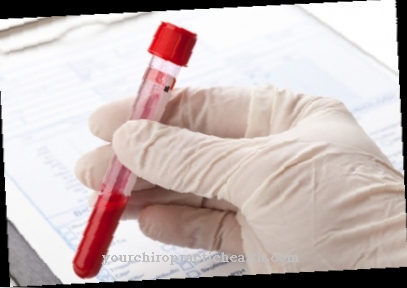


.jpg)


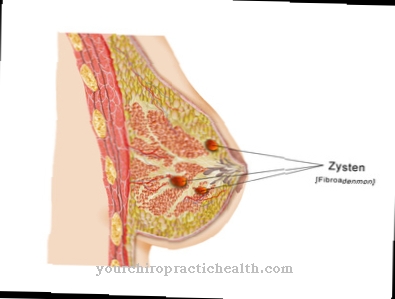



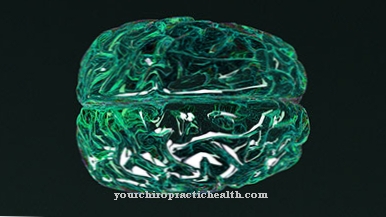
.jpg)



.jpg)
